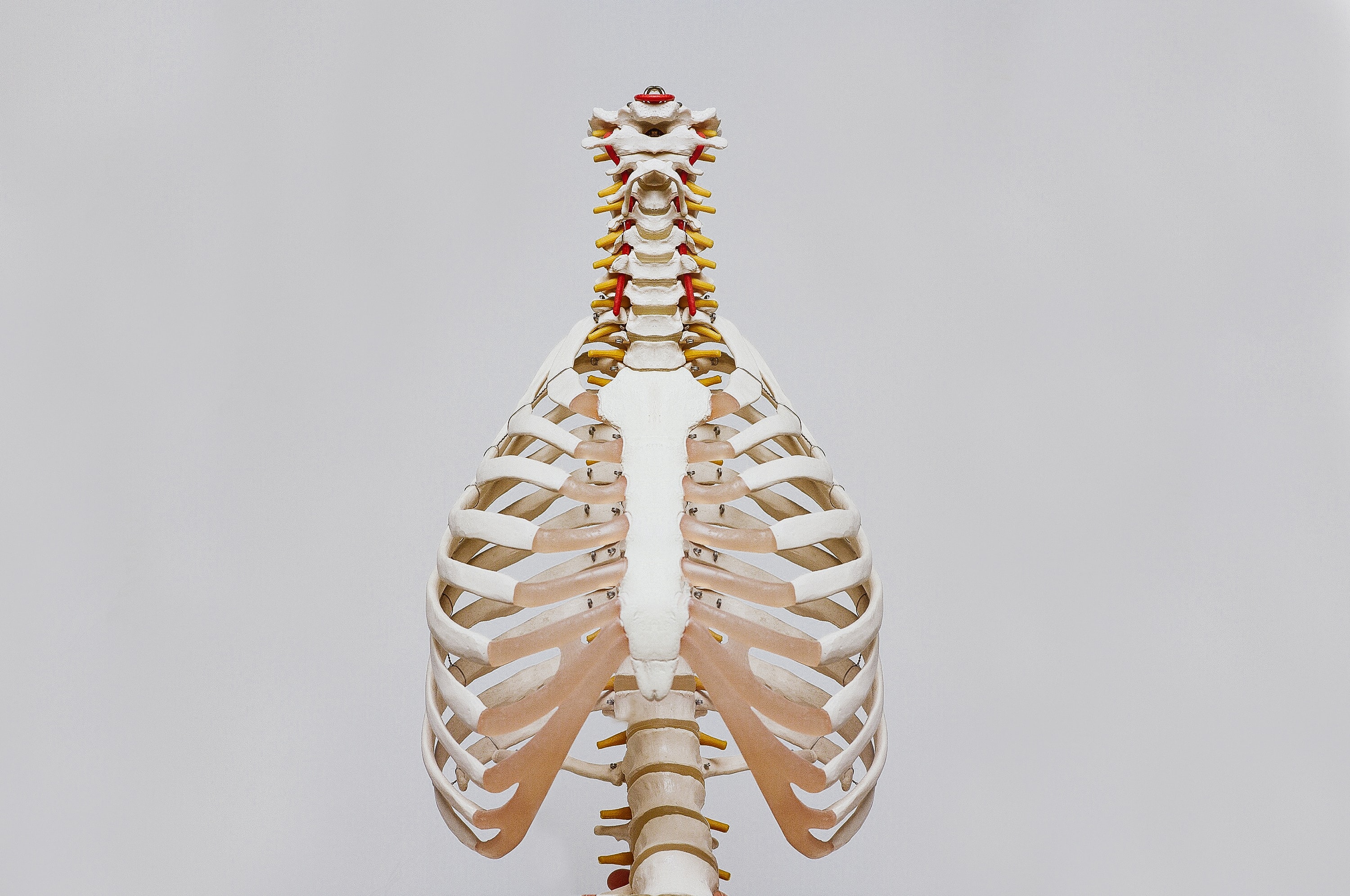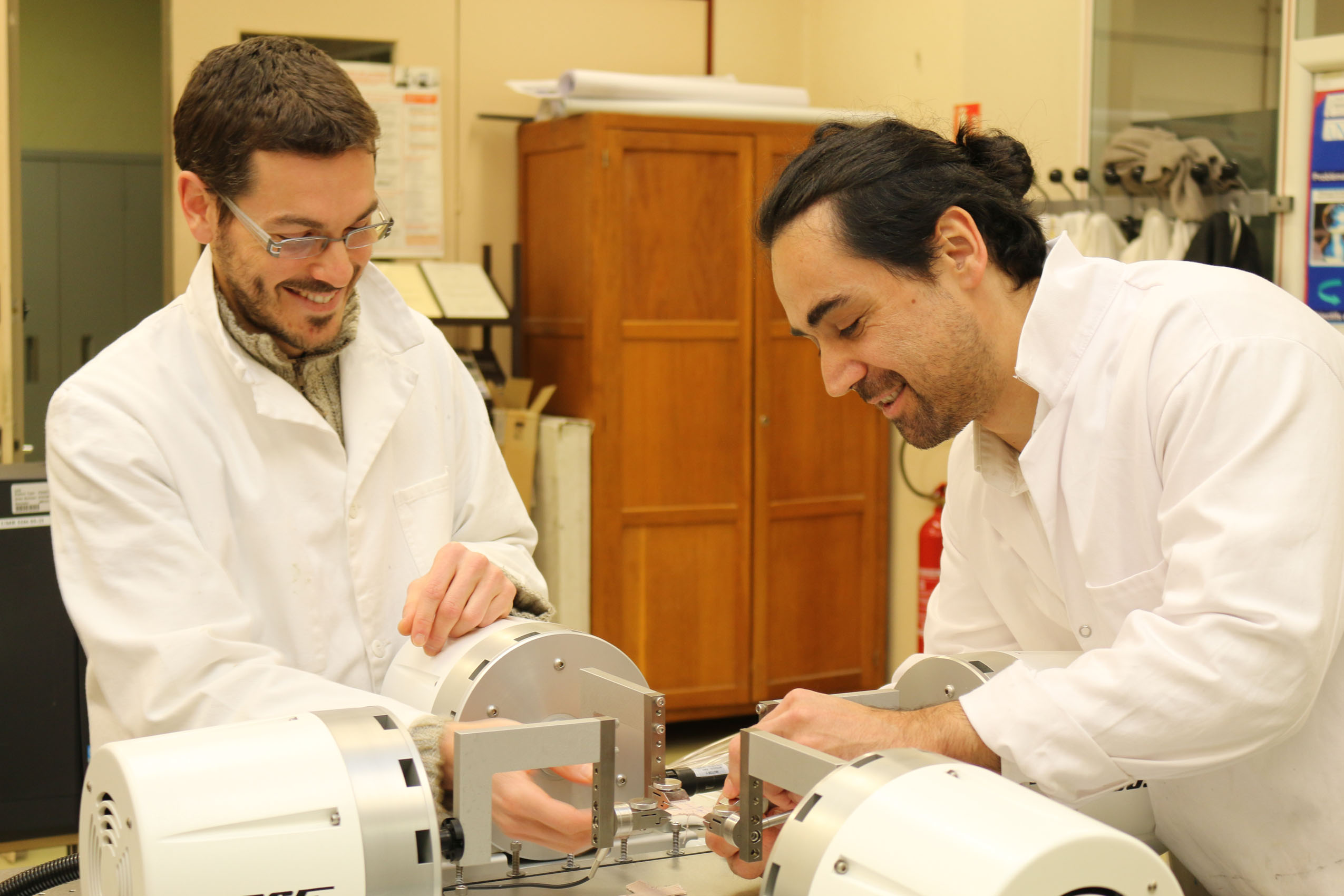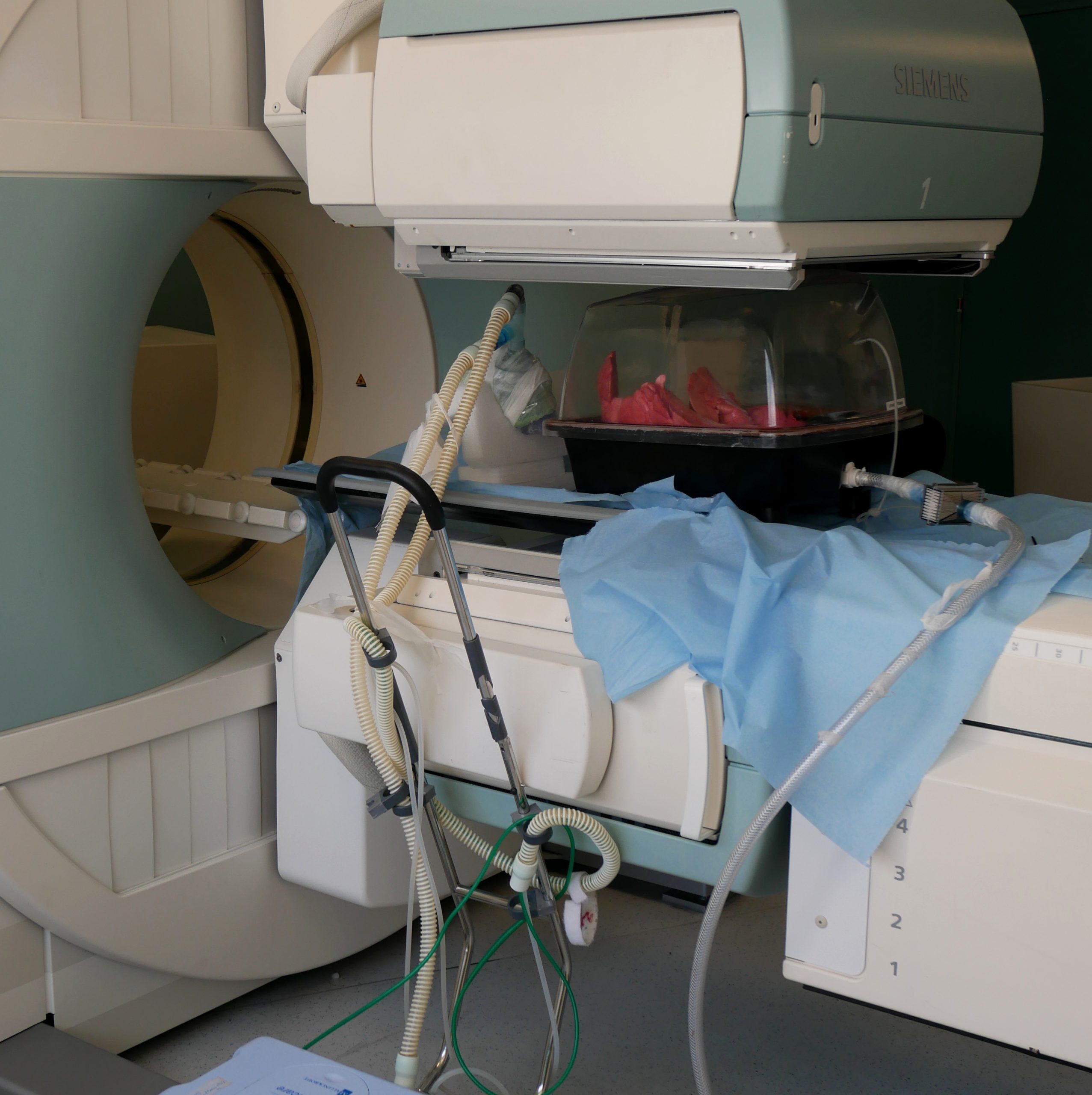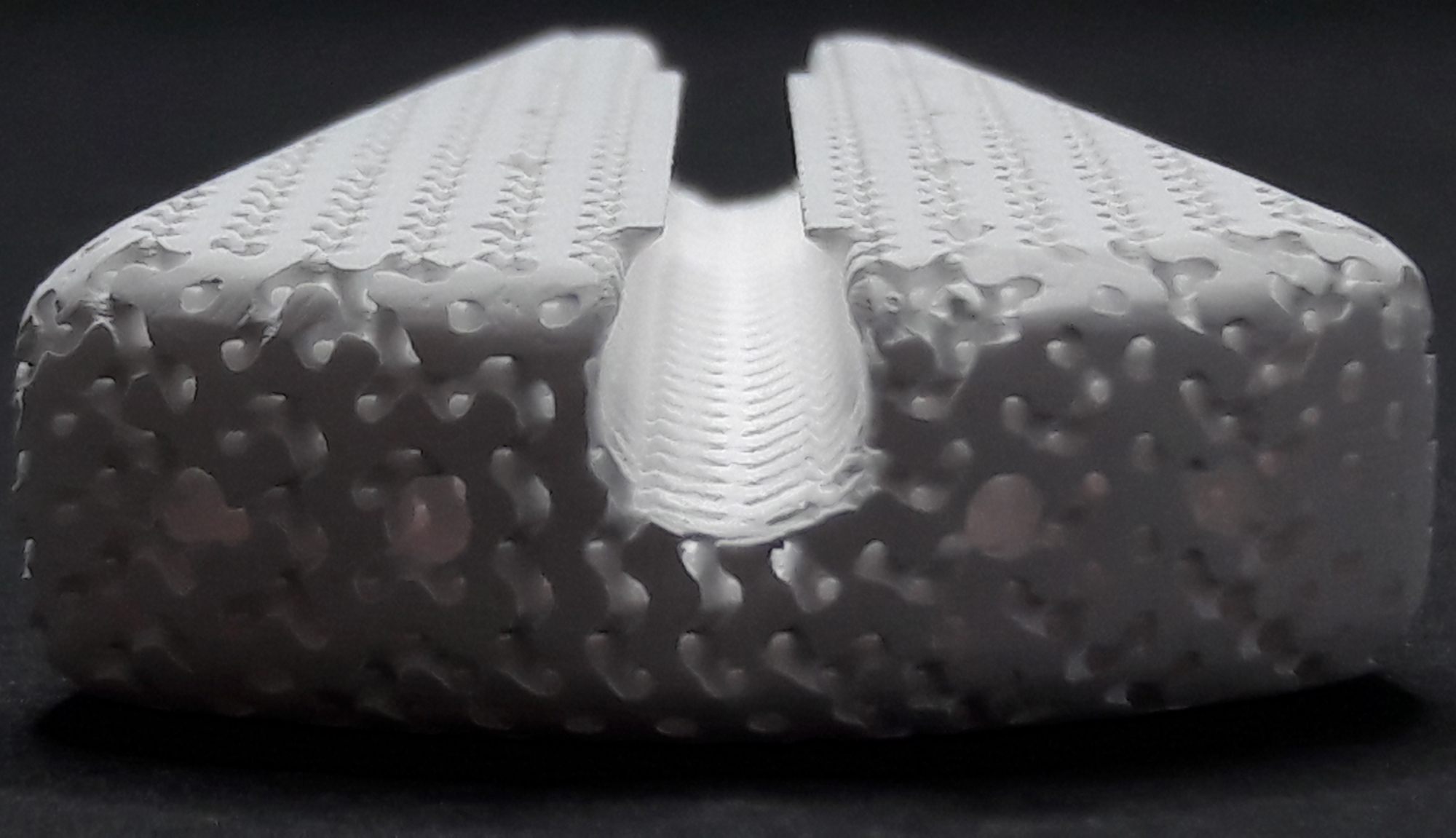
Protective masks: towards widespread reuse?
Health, In the News, MaterialsHow can protective masks be recycled and reused without risking safety? Scientists, medical practitioners and manufacturers have teamed up to explore different treatment methods. As part of this consortium, IMT Atlantique researchers are studying…

Reducing the duration of mechanical ventilation with a statistical theory
Digital, Health, In the NewsA team of researchers from IMT Atlantique has developed an algorithm that can automatically detect anomalies in mechanical ventilation by using a new statistical theory. The goal is to improve synchronization between the patient and ventilator,…

STREAM: Bone tissue model culture
Health, In the NewsThe STREAM project, which Mikhaël Hadida is working on at Mines Saint-Étienne, aims to develop a controlled, carefully-managed bone tissue culture platform. This system would facilitate observation in order to study the mechanisms involved…

Twin ERC grants for research on the aorta
Health, In the NewsIn 2015, the Mines Saint-Étienne engineering and health center was awarded two grants by the European Research Council (ERC). This funding was for two five-year projects on ruptured aortic aneurysms in the Sainbiose laboratory[1]. Pierre…

AiiNTENSE: AI for intensive care units
Digital, Health, In the News, Start-up-enThe start-up AiiNTENSE was incubated at IMT Starter and develops decision support tools for healthcare with the aim of advising intensive care personnel on the most appropriate therapeutic procedures. To this end, the start-up is developing…

When engineering helps improve healthcare
Health, In the NewsEditorial.
Tomorrow's medicine will be at least 4P: personalized, preventive, predictive, participative. 'At least,' because some would readily add "precise," "proof" (evidence-based), "pathway-based" etc. Beyond naming this type…

Is dark matter the key to the medical scanner of the future?
Health, In the News, MaterialsA team of researchers at IMT Atlantique is developing a new type of medical scanner called XEMIS. To create the device, the team drew on their previous research in fundamental physics and the detection of dark matter, using liquid xenon technology.…

Aerosol therapy: An ex vivo model of lungs
Digital, Health, In the NewsA researcher in Health Engineering at Mines Saint-Étienne, Jérémie Pourchez, and his colleagues at the Saint-Étienne University Hospital, have developed an ex vivo model of lungs to help improve medical aerosol therapy devices. An advantage…

Bone implants to stimulate bone regeneration
Health, In the News, MaterialsMines Saint-Étienne's Centre for Biomedical and Healthcare Engineering (CIS) seeks to improve healthcare through innovations in engineering. David Marchat, a materials researcher at CIS, is working on developing calcium phosphate-based biomaterials.…

An “electronic nose” analyzes people’s breath to help sniff out diseases
Health, In the News, MaterialsIn partnership with IMT Atlantique, a team of researchers at IMT Lille Douai have developed a device which can measure the level of ammonia in someone’s breath. The aim of the artificial nose is to use this device to create a personalized…

